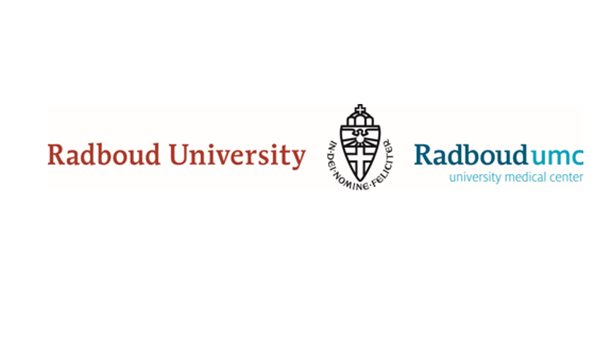Step 5. The second nucleus part of the basal ganglia, subsantia nigra has an essential role in the regulation of motor movement, particularly in the smoothness in movement. Essential white matter tracts for motor control are the corticospinal tracts. The corticospinal tracts start in the cortex and can be followed to the spinal cord, consisting of these parts (dorsal to ventral): corona radiata, internal capsule, cerebral peduncles and pyramidal decussation in the medulla oblongata.
- Corticospinal Tracts (white): Sculpt a broad ‘triangles’ with ‘long tubes’. The outer rim of the broad triangle is the corona radiata, which transits into internal capsule, the ‘inner’ part of the broad triangle. The long tubes connected to the internal capsule are the cerebral peduncles, which transits into the brainstem and spinal cord. Carefully insert the ‘elongated triangle’ laterally to medially between the caudate nucleus and hippocampus. The corona radiata extends dorsally from the lateral ventricle. The cerebral peduncles form the base of the brainstem and wrap them around the aqueduct of Sylvius and the 4th ventricle, just below the 4th ventricle you can cross both cerebral peduncles as the pyramidal decussation (left to right and right to left).
- Substantia Nigra (blue): Form two arches and place them just above the 4th ventricle on the medial side, against the cerebral peduncles.
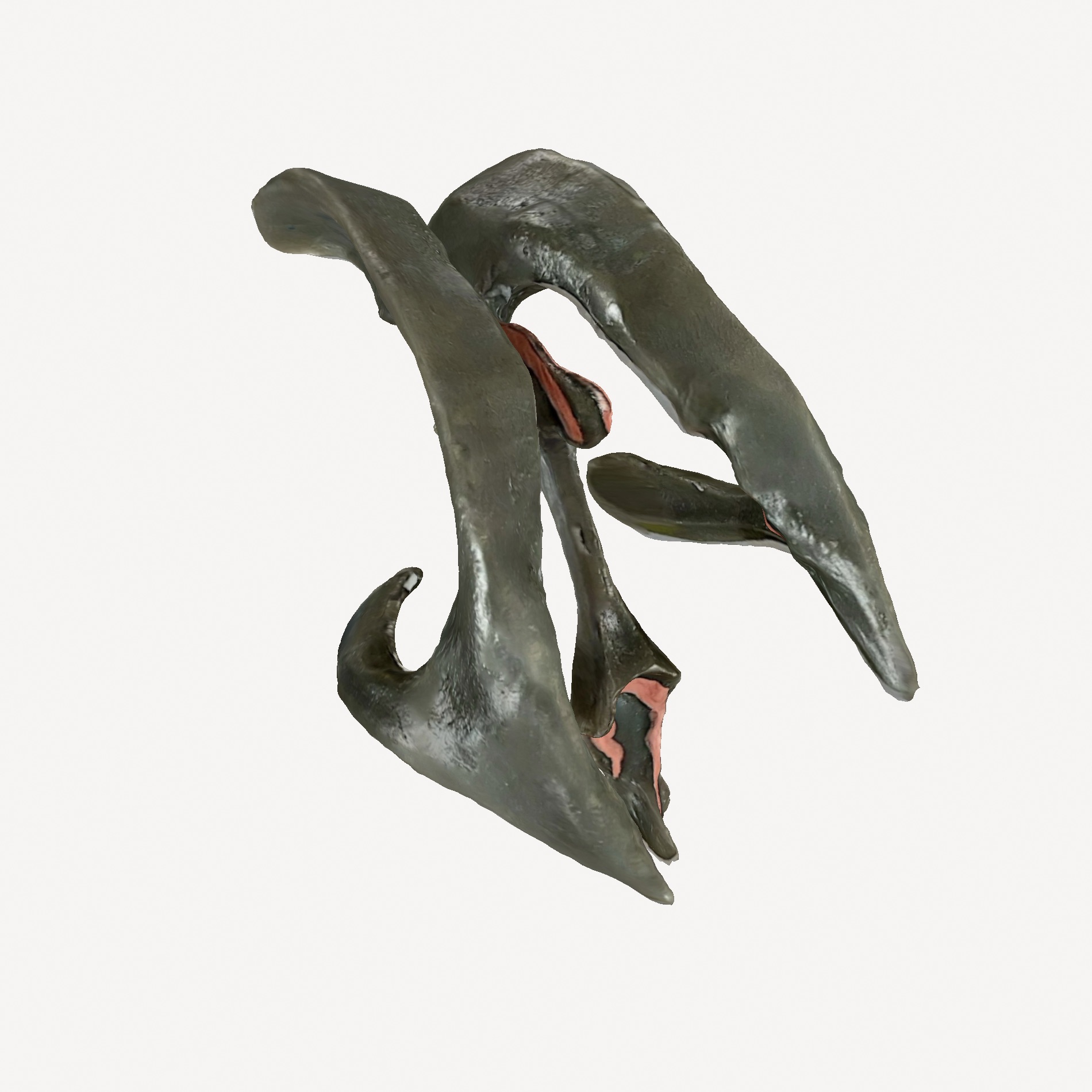
00 Ventricular system
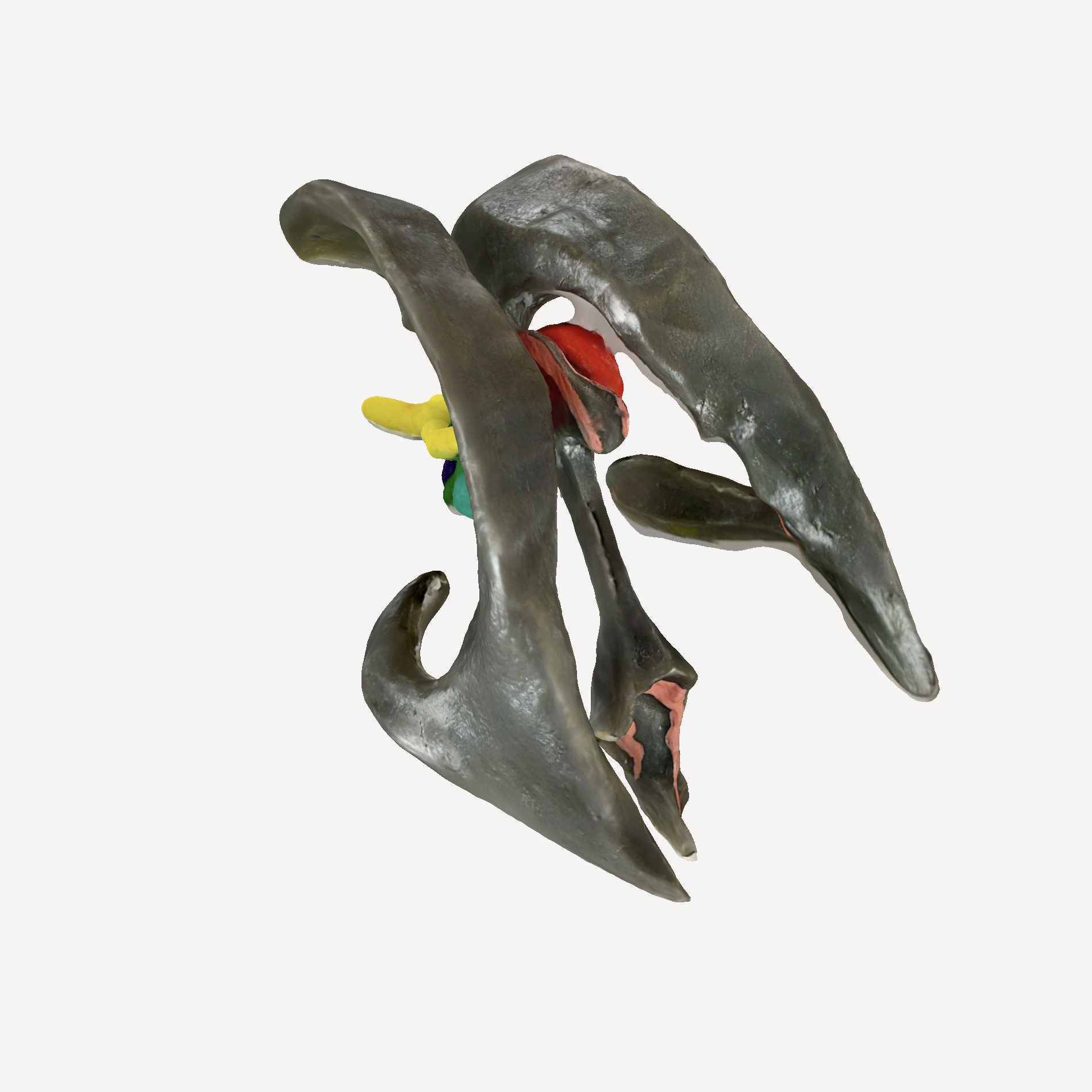
01 Thalamus, Hypothalamus, Pituitary Gland, Optic Chiasm, Mammillary Bodies
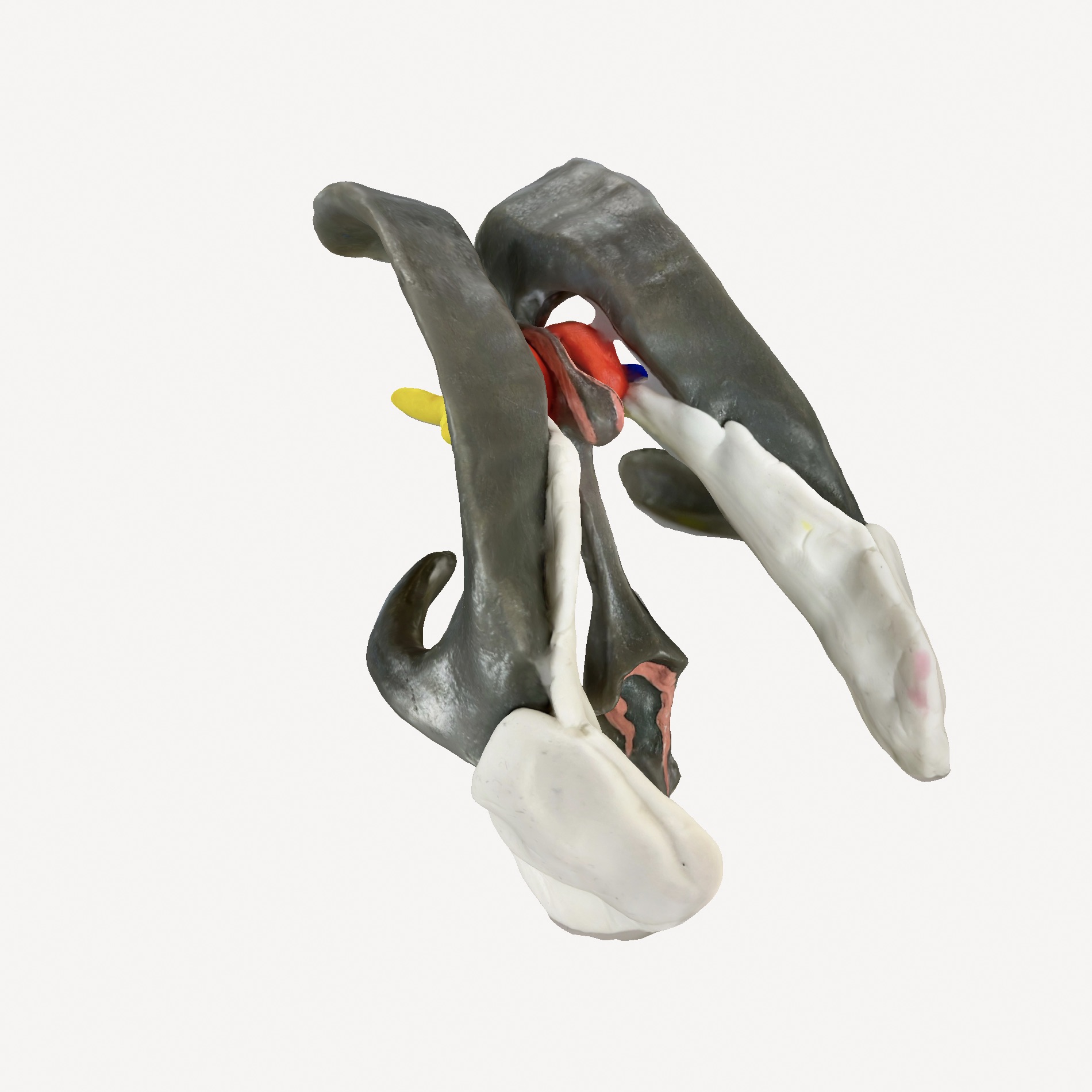
02 Optic Radiation

03 Limbic System

04 Reward System
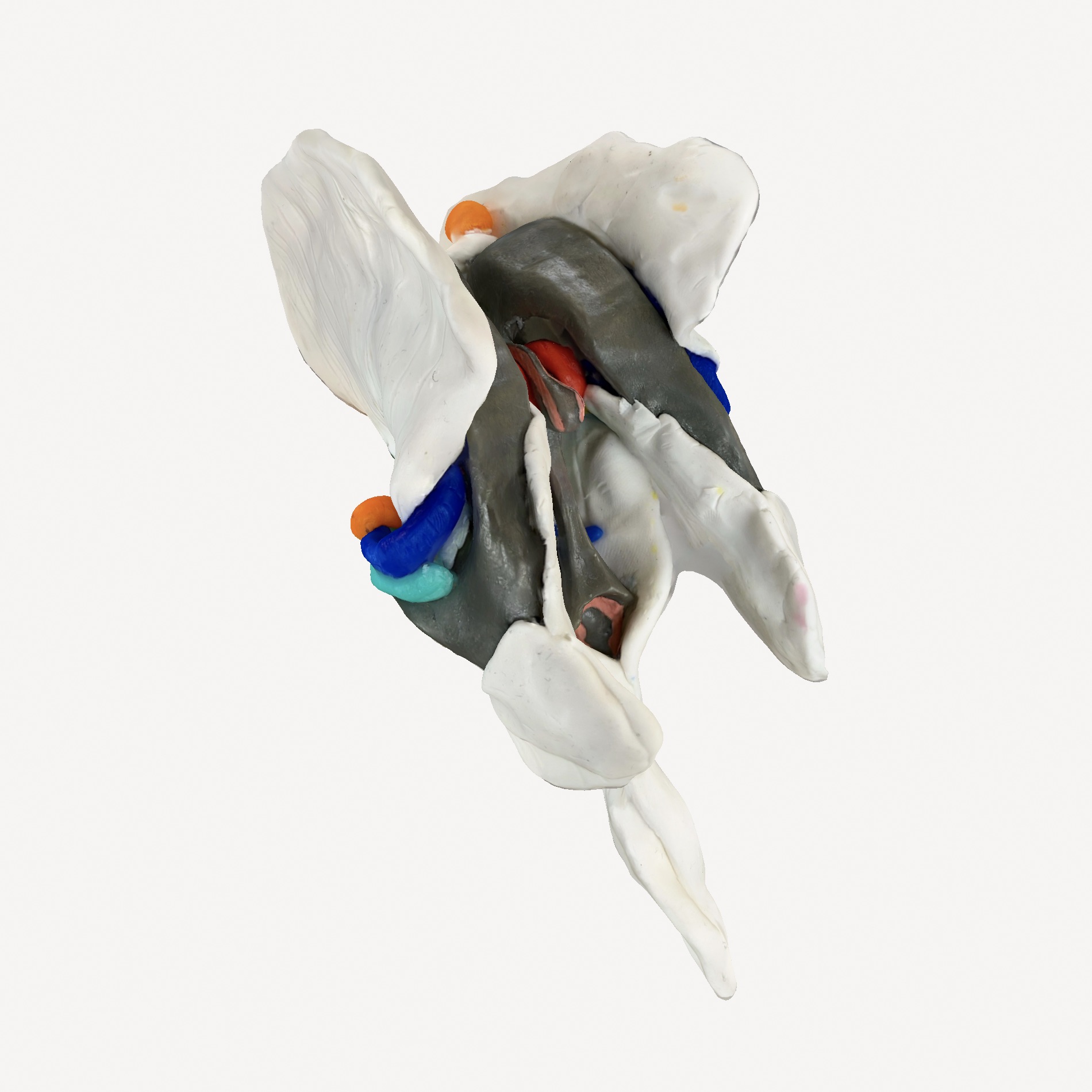
05 Corticospinal Tracts
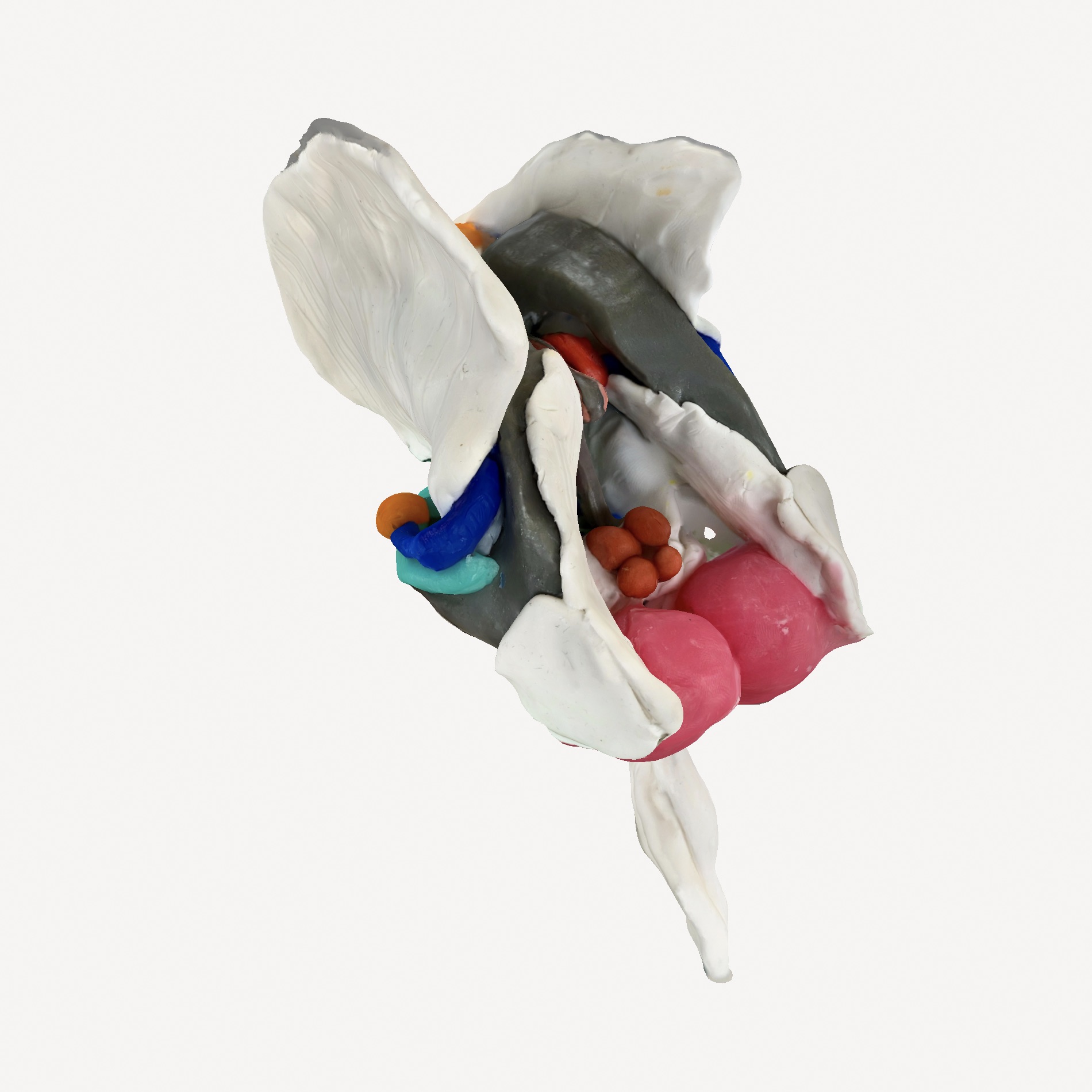
06 Cerebellum
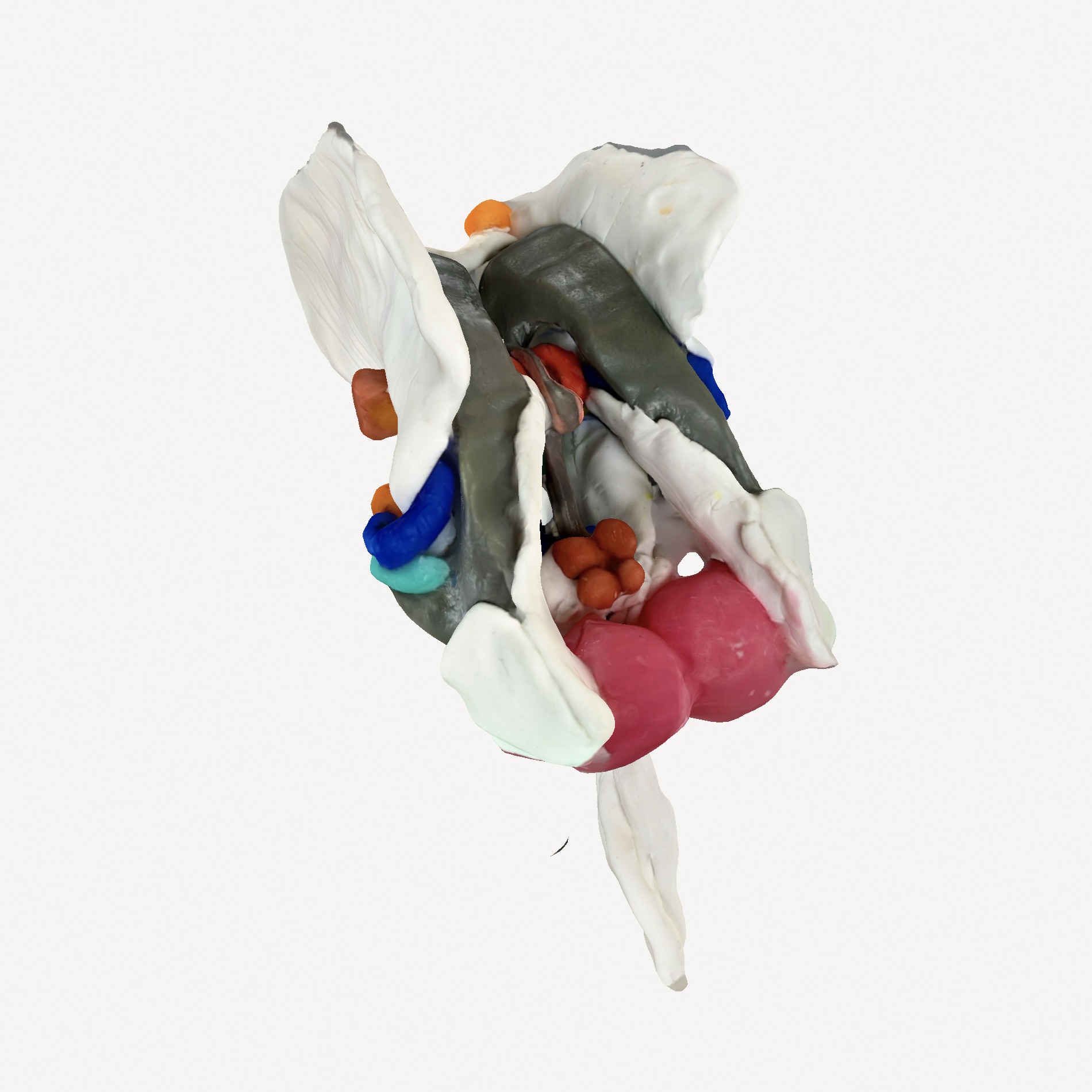
07 Basal Ganglia
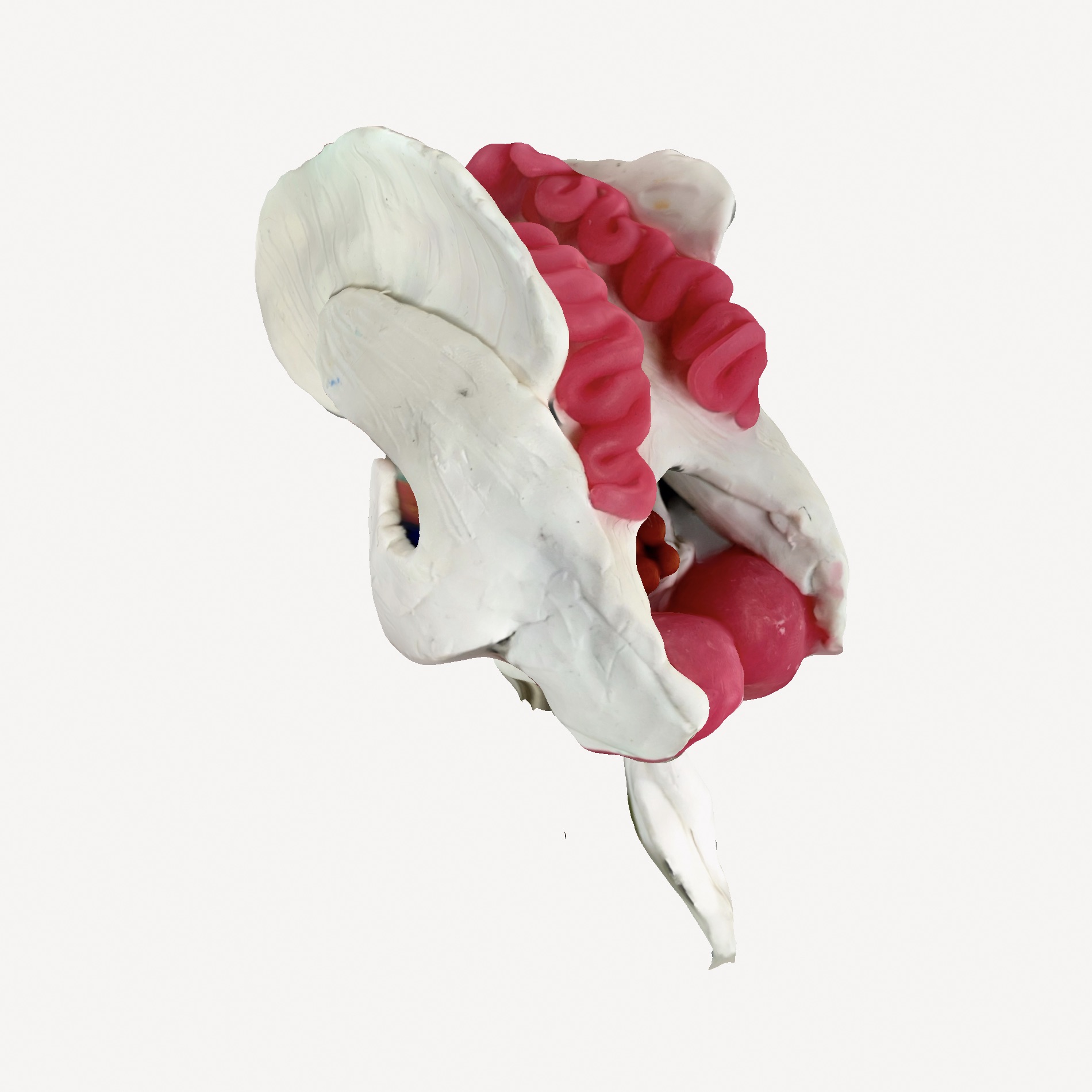
08 Connections: Corpus Callosum, Cingulate Gyrus, and White Matter Networks
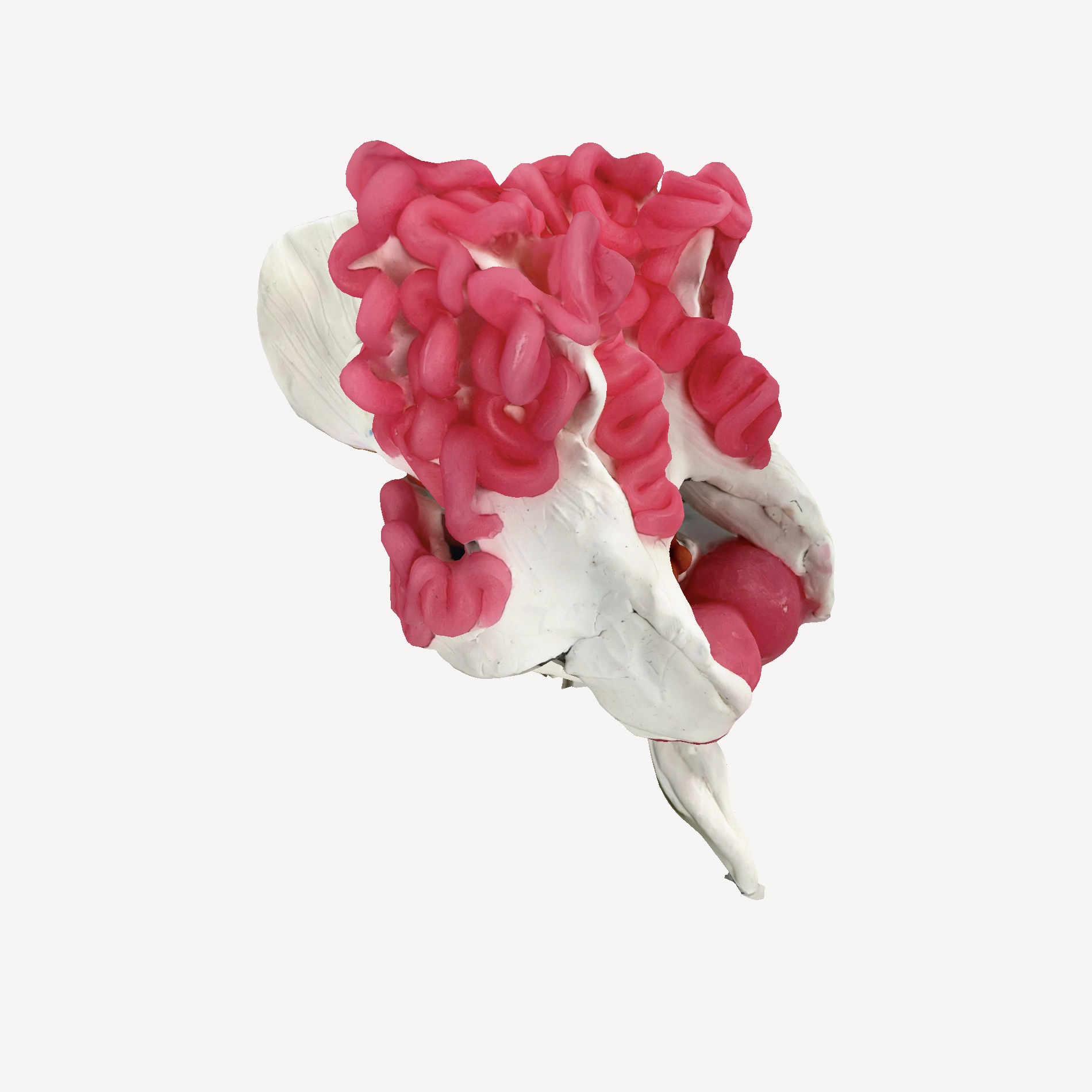
09 Structure of the Cerebrum, Starting with Three Important Gyri

10 Structure of the Cerebrum, Frontal, Parietal, and Occipital Lobes

